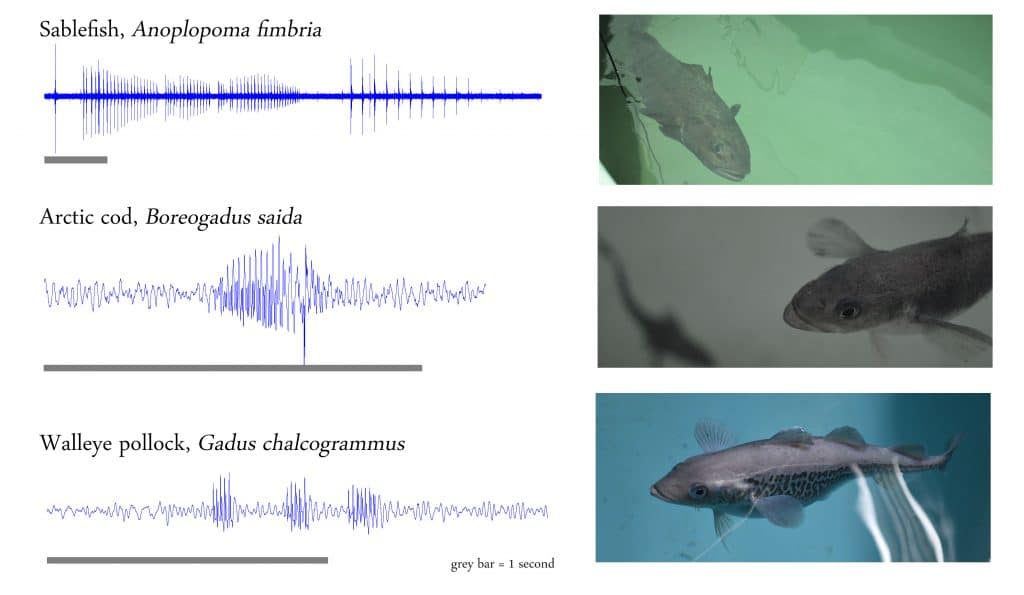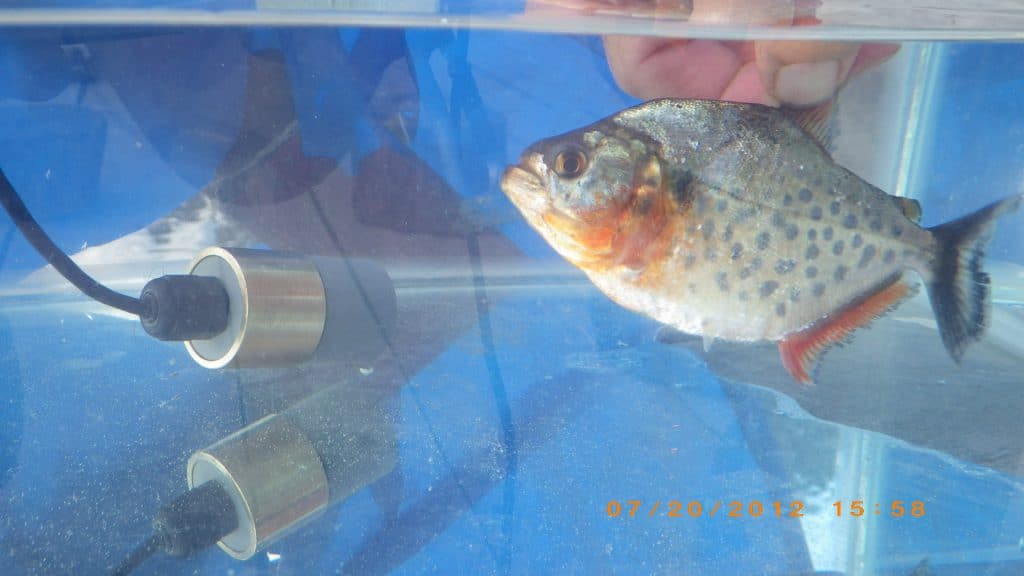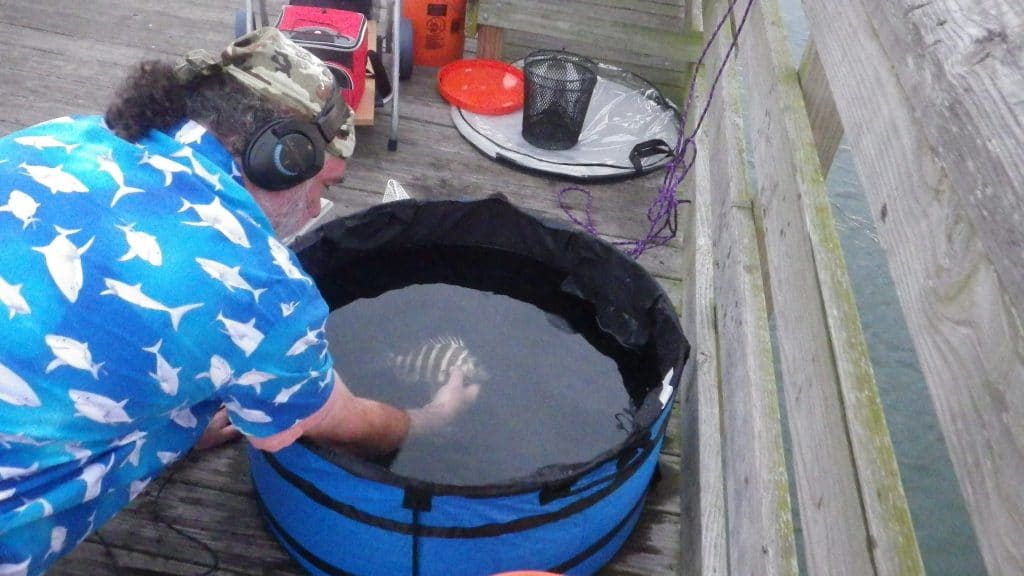‘Being still and listening’: Canadian researchers contribute to first-ever library of fish sounds
Posted March 2, 2022 9:47 pm.
Last Updated March 2, 2022 10:42 pm.
Clicks, hums, growls, grunts, clicks, squeals — fish actually produce a symphony of sound. Researchers are encouraging people to take the time to listen, and learn more about how noise shapes aquatic environments.
Fishsounds.net is an international effort, collecting more than 200 sound recordings of nearly 1,200 species.

Waveforms of sound production of three species described by one of the FishSounds collaborators, Amalis Riera, during the work of Riera et al., 2018 and Riera et al., 2020.
Kieran Cox is a recent Ph.D candidate in Marine Biology at the University of Victoria, and one of the contributors to the first-of-its-kind project. He explains the crucial role sound plays in the lives of fish.
“If you go into the vast majority of bodies of water, you’re going to find that it’s very dark very quickly, there’s probably not great water clarity. Noise becomes this incredibly advantageous system to interact with, and fishes contribute to this,” he says.
“They interact, they exchange information, they find their mates, they find their homes, they find their food — all through sound.”
Here are some of the sounds researchers have captured:
Audio Player Audio Player Audio PlayerWhile people may not immediately think of underwater as a noisy place, Cox says the soundscape is incredibly dynamic.
“Really, it’s a diversity of sounds. So this can be big loud hums when you’re trying to attract a mate, they can be growls or grunts when you’re trying to fight off an intruder, chirps, clicks. This can be grinding of bones to create sounds,” he says.
“They’re really all around you. It’s about getting into the environment, and being still and listening.”

Understanding fish sounds also has implications for conservation efforts, according to Cox.
“The unfortunate reality is we’ve introduced a lot of noise pollution,” he says. “We need to understand, specifically, how we’ve changed those systems, what the implications are.”
Reproduction is one thing Cox says is influenced by sound, so attempts to increase or sustain fish populations could benefit from considering the impact of excessive, human-caused noise.

A piranha (Serrasalmus sp.) being auditioned for sound production by one of the FishSounds collaborators, Rodney Rountree (image provided by Rodney Rountree, The Fish Whisperer, Rountree & Juanes, 2018).
The online library is free and searchable, and Cox says one goal is to make it more interactive by allowing users to submit their own sound recordings.
“Really, this is the beginning of our approach to evaluating soniferous diversity, or fishes that make noise.”

One of the FishSounds collaborators, Rodney Rountree, auditioning a sheepshead (Archosargus probatocephalus) for sound production in Newport River estuary near Morehead City, NC (image provided by Rodney Rountree, The Fish Whisperer).








